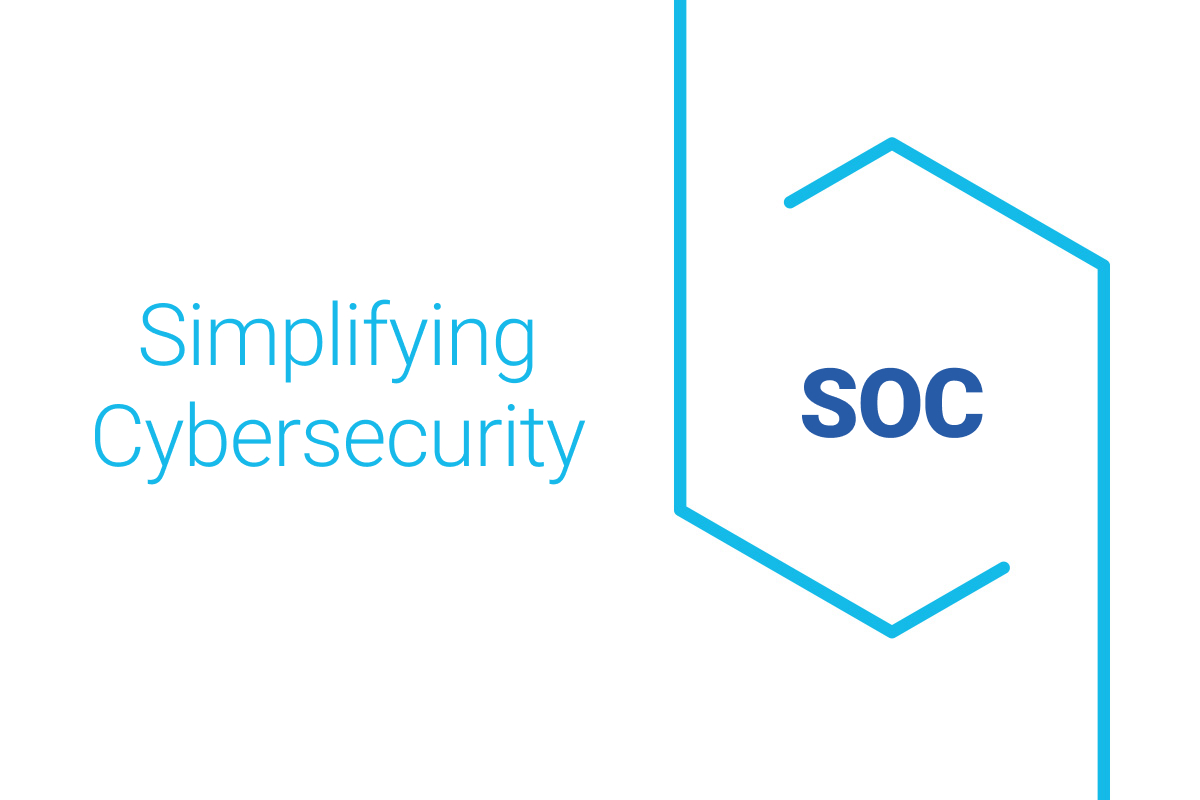When your organization is looking to secure its digital assets on a network, a Security Information Event Management (SIEM) solution is an excellent tool to have. Securing digital assets on a network requires monitoring for changes and deviations to identify unauthorized activity. Log files track system, program, and file changes; but manually sifting through them for every device is overwhelming, especially with data continuously flowing in. Now imagine monitoring changes across 10, 100, or 1000 or more systems with constantly updating logs. This task becomes impossible and is not a job for your IT specialist. To better evaluate all the data coming in, it is time for your organization to utilize a SIEM or a Managed SIEM solution.
Gartner defines the need for SIEM solutions as driven by “the customer’s need to analyze event data in real time for early detection of targeted attacks and data breaches, and to collect, store, investigate and report on log data for incident response, forensics and regulatory compliance.” According to Microsoft, a SIEM “is a solution that helps organizations detect, analyze, and respond to security threats before they harm business operations.” Sumo Logic, a SIEM threat intelligence platform provider, adds this context to the software used by the cybersecurity team; “SIEM delivers superior incident response and enterprise security outcomes through several key capabilities, including data collection, correlation, alerting, data retention, and forensic analysis.”
To get started with an in-house solution, you’ll need to choose and set up your SIEM tool, then configure it to ingest the log data created by all the systems and equipment in your environment. The more information you ingest, the more complete your understanding of events will become. Then you will need to build content (customized programs for the SIEM) to analyze the data and alert on anomalies. Your cybersecurity team can then prioritize those alerts to further enhance your security posture. Once these things have been done, you will have a good start on effective use of this critical control.
Alternatively, if you and your IT team don't have the time, expertise, and ongoing training to stay ahead of the latest cybersecurity threats, you will want to consider a Managed SIEM service. Learning how to build and support content to enable high-fidelity alerts is one of the keys to successful implementation of a SIEM. You should not leave this task to your IT team to ensure that you get the most from your SIEM.
When using a Managed SIEM MSSP, you will get expertise, knowledge, experience, and the help you need to collect the log data that enable effective monitoring of your environment. Experienced cybersecurity professionals will continuously add new and update existing use cases, teaching the SIEM to recognize the latest threats to your organization. Your MSSP provider will work with your team to learn your business and train the SIEM to tell the difference between real threats and normal activity. This will allow your team to reduce noise and get important, actionable intelligence that will dramatically reduce the time needed to address threats in your environment.
Among the many benefits of using a Managed SIEM solution are cost savings. The Managed SIEM solution brings the advantages of scale to your organization. By providing a team of trained professionals to provision, manage, maintain, and operate all the necessary components of the solution, your security program gets an injection of maturity at a fraction of the cost of building and deploying your own SIEM. Further, the critical expense of keeping the security team efficient and effective, through ongoing training and continuous improvement of tools, techniques, and procedures (TTP) is included the cost of the managed service and shared with other subscribers.
While there are plenty of stand-alone managed SIEM solutions on the market, many companies find that the more cost-effective choice is to deploy managed SIEM within a managed SOC or SOC-as-a-Service (SOCaaS). Managed SIEM provides the SOC with the real-time visibility and insights needed to detect and respond to potential security incidents quickly and effectively. Having the people, the processes, the software, and the SIEM tool all under one roof streamlines the operation significantly, providing better value for your business. If you have questions about how a managed SIEM can be leveraged to protect your systems, reach out to the experts at MindPoint Group to learn more.
Contributors:
- Lindsay Poling - SME
- Casey Barnett - Editor
- Hailey Frazier - Editor
- Jacob Kang - Graphic Design






